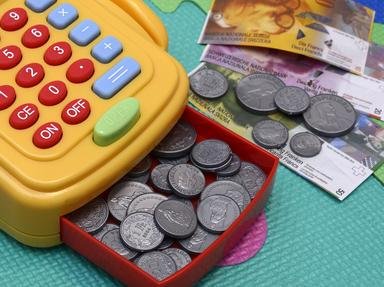Quiz Answer Key and Fun Facts
1. Collaborate to jointly get seven white swords
2. Conquer a world that doesn't have enough room for all
3. Travel by train
4. A game of medieval cities, nobles and intrigue
5. Mining corporations in Victorian steampunk era
6. Hustle and bustle in the bazaar
7. Renaissance gem merchants
8. The 17th century: Not an easy time for farming
9. Construct buildings and wonders
10. Become the maharajah's personal trader
Source: Author
gme24
This quiz was reviewed by FunTrivia editor
WesleyCrusher before going online.
Any errors found in FunTrivia content are routinely corrected through our feedback system.

